Introduction
Heat transfer vinyl is a versatile and easy way to decorate apparel and crafts, but there are some key ways your project can go wrong, even if you think you’ve got everything locked down.
Here are the most common HTV mistakes people make and simple ways to avoid them so you can save time, money, and your sanity.
Not Mirroring the Design Before Cutting
The Mistake
Forgetting to mirror your design means your final graphic will be backwards once pressed.
How to Avoid It
Always mirror your design in your cutting software when working with standard HTV.
- Tip: Put a sticky note on your cutting machine or workspace as a reminder so you don’t forget.
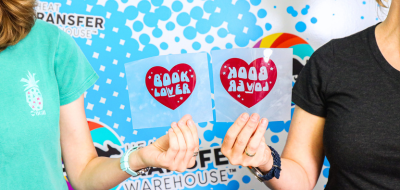
Using the Wrong Temperature, Pressure, or Time
The Mistake
Incorrect settings can cause vinyl to peel, crack, or not adhere at all. This is also a common reason why puff vinyl might not rise properly or appears wrinkled.
How to Avoid It
Check the manufacturer’s recommended press settings for each type of HTV.
- Our website lists the application settings for most of our HTV products, making them easy to find before you press.
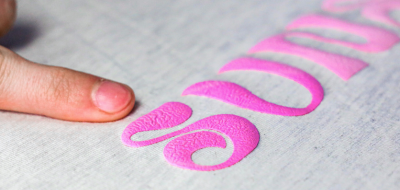
Peeling the Carrier Sheet at the Wrong Time
The Mistake
Peeling too early or too late can cause lifting or damage to the design.
How to Avoid It
- Know whether your HTV is a hot peel or a cold peel.
- Wait the appropriate amount of time before peeling to ensure proper adhesion.
Not all brands or types have the same peel instructions, so always check before starting.
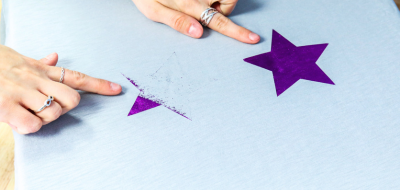
Layering Incorrectly
The Mistake
Not planning properly and pressing each layer of vinyl for too long.
How to Avoid It
Press each layer just long enough to “tack” it down (about 1 second). Then press your last layer for the full recommended time to adhere the entire design to your garment.
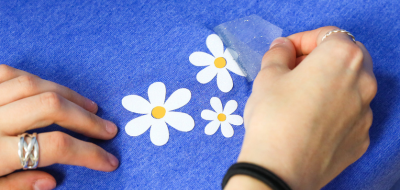
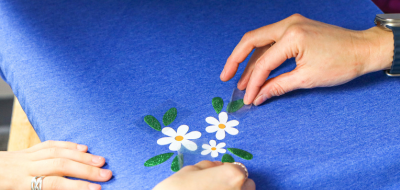
Skipping a Test Cut
The Mistake
Wasting time and vinyl because the blade pressure or depth wasn’t right.
How to Avoid It
- Always run a small test cut when using a new vinyl type or changing settings.
- Make sure your blade cuts through just the vinyl and not the carrier sheet.

Final Thoughts
After reading about these common HTV mistakes, remember that heat transfer vinyl is still a straightforward, fun, and creative decoration method. With a little preparation and practice, you’ll avoid these pitfalls and achieve beautiful, professional results every time.

